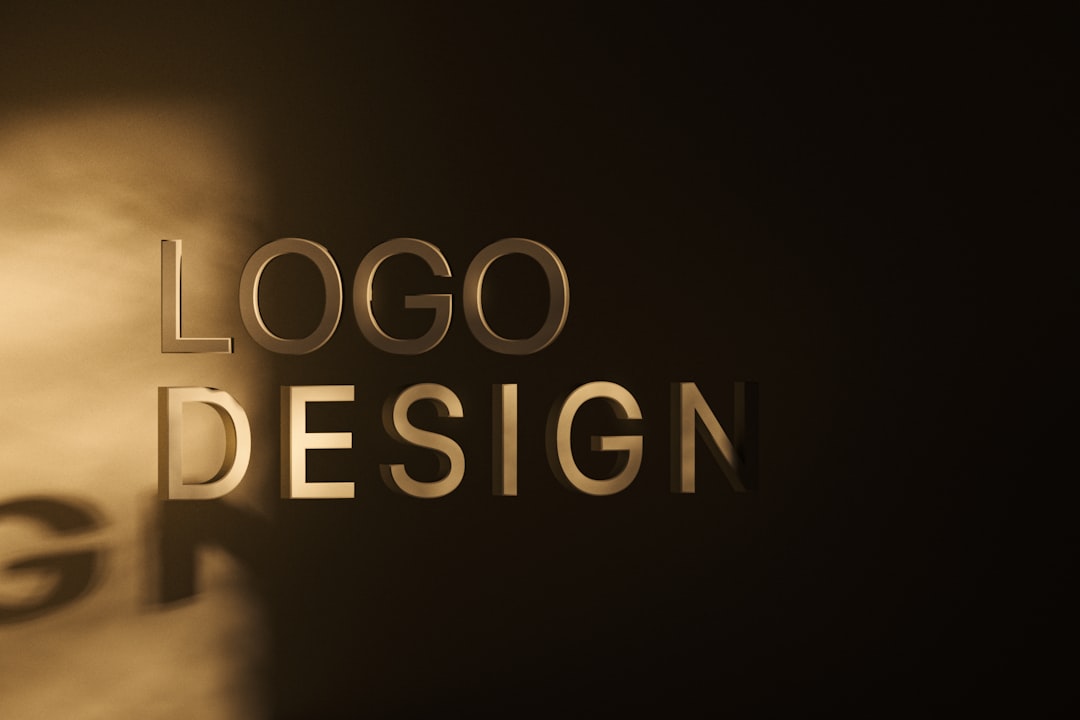Designing a logo that looks great on both a smartwatch notification and a billboard is one of the most subtle yet challenging tasks in branding. Whether you’re designing for a tech startup or a hundred-year-old bakery, your logo must remain recognizable, functional, and aesthetically pleasing across all sizes. This guide will walk you through best practices for creating logos that work both at a miniscule 24 px and an enormous 2400 px.
TL;DR:
A logo that functions at 24 px and 2400 px must prioritize clarity, simplicity, and scalability. Avoid relying on over-complicated details, and craft distinct shapes and layouts that remain legible at all sizes. Using vector graphics ensures perfect scalability, while testing your design at multiple resolutions will help refine weaknesses. Remember: the best logos are not just scalable, they’re intentional about how they adapt.
Why Size Matters
Unlike logos of the past, today’s branding elements must be incredibly versatile. A logo won’t just appear on page headers or signage; it’s now in app icons, browser tabs, social media avatars, and embedded in YouTube thumbnails. These environments demand logos that remain instantly identifiable even when they shrink to near-icon levels.
Similarly, large-scale usage—whether on digital screens, print banners, or packaging—requires that logos maintain proportions, sharpness, and resolution. Hence, your design must be created with responsiveness in mind: performing equally well when pixelated and when “posterized.”
The Core Principles of Scalable Logo Design
There are several crucial principles that help your logo remain functional and beautiful across all sizes:
- Simplicity: A simple logo is easier for the human eye to process, especially at smaller sizes.
- Contrast: Use high contrast between elements and colors to ensure legibility at micro resolutions.
- Geometry: Clean, geometric shapes scale up and down better than intricate, irregular ones.
- Scalability: Designing in vector format (SVG, EPS) ensures crisp lines and versatility.
- Adaptability: Sometimes you need alternative versions of your logo for different use cases.
Designing for 24 px: The Micro Test
At 24 pixels—equivalent to an app icon on an Apple Watch—every line matters. This is where the essence of your brand must remain, not its details.
To do this successfully:
- Avoid text: Most typography is illegible at this scale. Stick to symbols or initials.
- High contrast: Use light elements on dark backgrounds or vice versa to enhance visibility.
- Limit elements: Stick to one graphic idea. Too many parts will blur into obscurity.
- Test at small sizes: Don’t just scale down your logo—render it and verify its legibility at 24 px.
Designing for 2400 px: The Macro Statement
At 2400 pixels—think large-scale banners, trade show visuals, HD web headers—your logo is no longer just communicating identity; it’s making a statement. The key challenge here is that small flaws become large distractions.
Here’s how to build for the big screen:
- Use vector graphics: Raster images will lose clarity. Always design using Illustrator, Figma, or any tool that outputs True Vector files like SVG or EPS.
- Detail matters: At this size, viewers can detect even the smallest alignment issues or kerning missteps.
- Consider environment: A logo blown up on a banner may face lighting, material, or printing effects. Optimize color and spacing accordingly.
Strategies for a Scalable Logo System
The solution for most brands is a logo system — a suite of logos that adapt depending on context. This could mean different versions for horizontal, vertical, icon-only, and text-based uses.
Some design systems include:
- Primary logo: The full logo, often used for print, PR, or official communications.
- Wordmark: Typography-only format for simple branding like emails or letterheads.
- Icon: Abbreviated, graphic-only version for favicons, social profiles, and app icons.
- Monochrome version: Pure black-and-white version for fax, press kits, laser etching, etc.
Top brands like Google, Spotify, and Airbnb all use logo systems to maintain recognizability no matter where or how their logos are used.

Typography Tips to Scale Beautifully
Type in your logo can be especially vulnerable to scale. Here’s how to optimize:
- Use custom or sturdy fonts: A font that’s too thin or stylized may lose clarity at small sizes.
- Adjust spacing in customized ways: Larger sizes need less kerning between letters; small logos often need more breathing room.
- Match logo text with brand voice: Whether gentle and elegant or bold and loud, text in your logo should represent the personality of your brand.
Color & Contrast Considerations
Colors can overpower or disappear dramatically at different scales. Best practices include:
- Limit your palette: Two to three high-contrast colors are usually more effective than a full rainbow.
- Create black-and-white versions: You’ll thank yourself when you have to print on non-standard backgrounds.
- Test on multiple backgrounds: Make sure your logo maintains legibility and impact on black, white, and full-color environments.
Real-World Examples
Some iconic brands masterfully craft logos that are as effective on smartwatches as they are on 4K projectors:
- Apple: Their monochrome silhouette apple works at any size and is instantly recognizable.
- Nike: The swoosh has nearly no detail, ensuring it remains bold from tiny icons to massive ads.
- Twitter (now X): Their logo icon is simple, geometric, and scalable as both a profile icon and signage.
Common Pitfalls to Avoid
Many designers run into the same avoidable issues when trying to create scalable logos:
- Overuse of fine details: Those tiny strokes or textures may never be seen.
- Too much reliance on gradients: Gradients can be inconsistent across devices and materials.
- Ignoring context: Designing for just one use case often leaves a logo inflexible elsewhere.
Workflow Suggestions & Final Thoughts
To ensure your logo performs well across the size spectrum:
- Design in vector from the start.
- Create mockups for both 24 px and 2400 px situations.
- Test in color, black-and-white, light mode, and dark mode.
- Consider motion: Will your logo animate or appear dynamically on screen?

Ultimately, the goal isn’t to make one perfect image, but to design a cohesive logo system that’s versatile, recognizable, and true to your brand—no matter how it’s viewed. Take the time to test, refine, and adapt, and your logo will stand tall at both 24 pixels and 2400 pixels.
